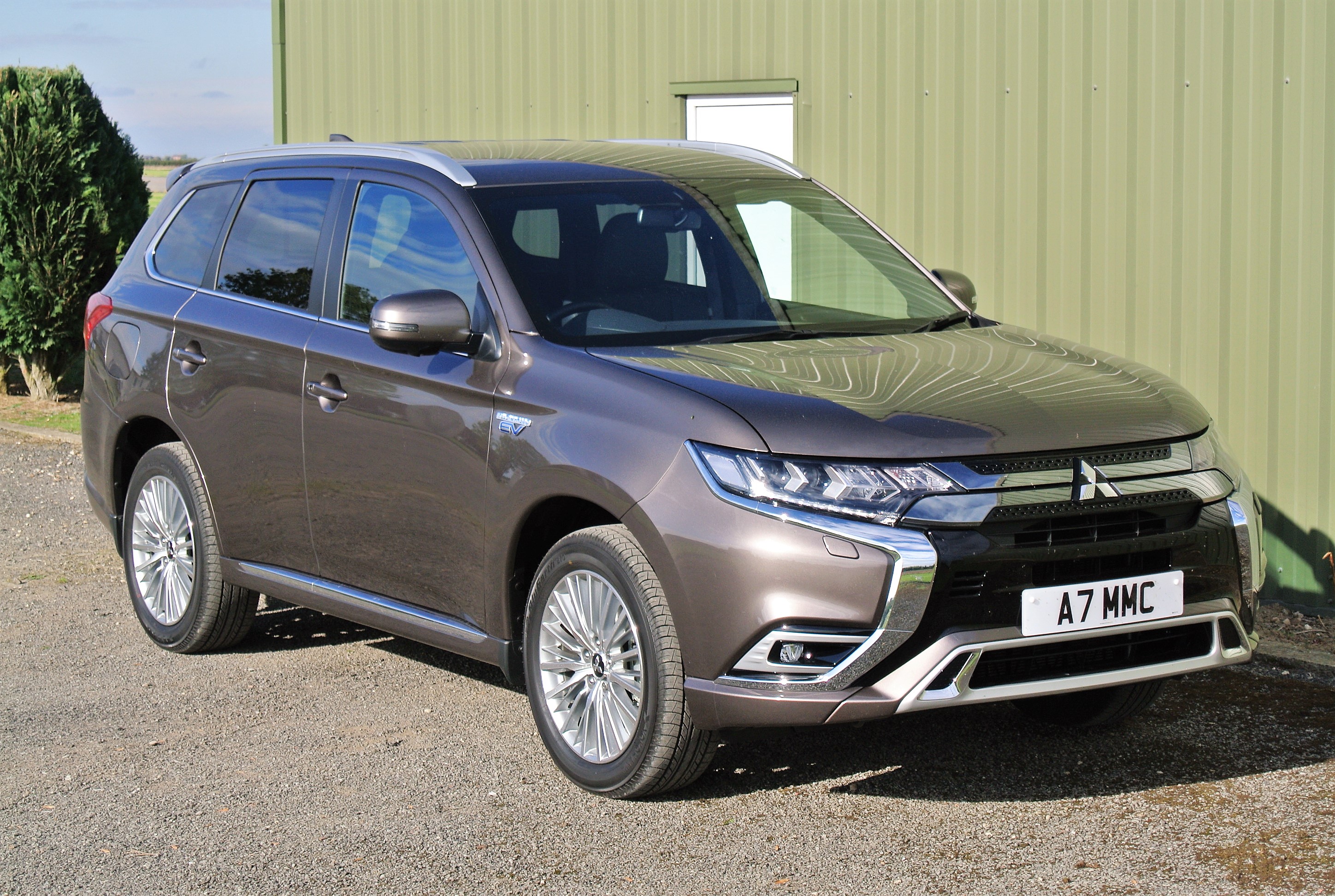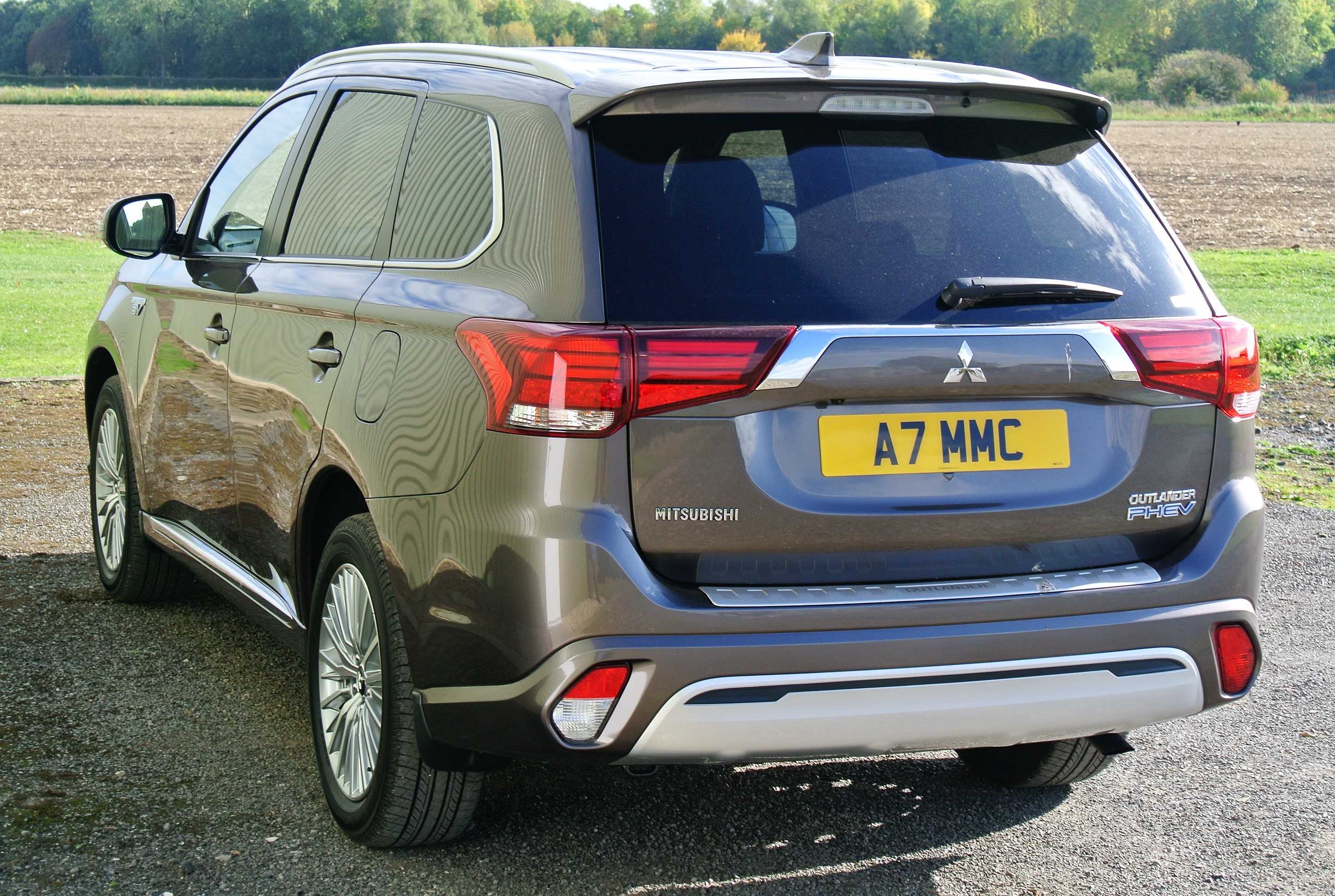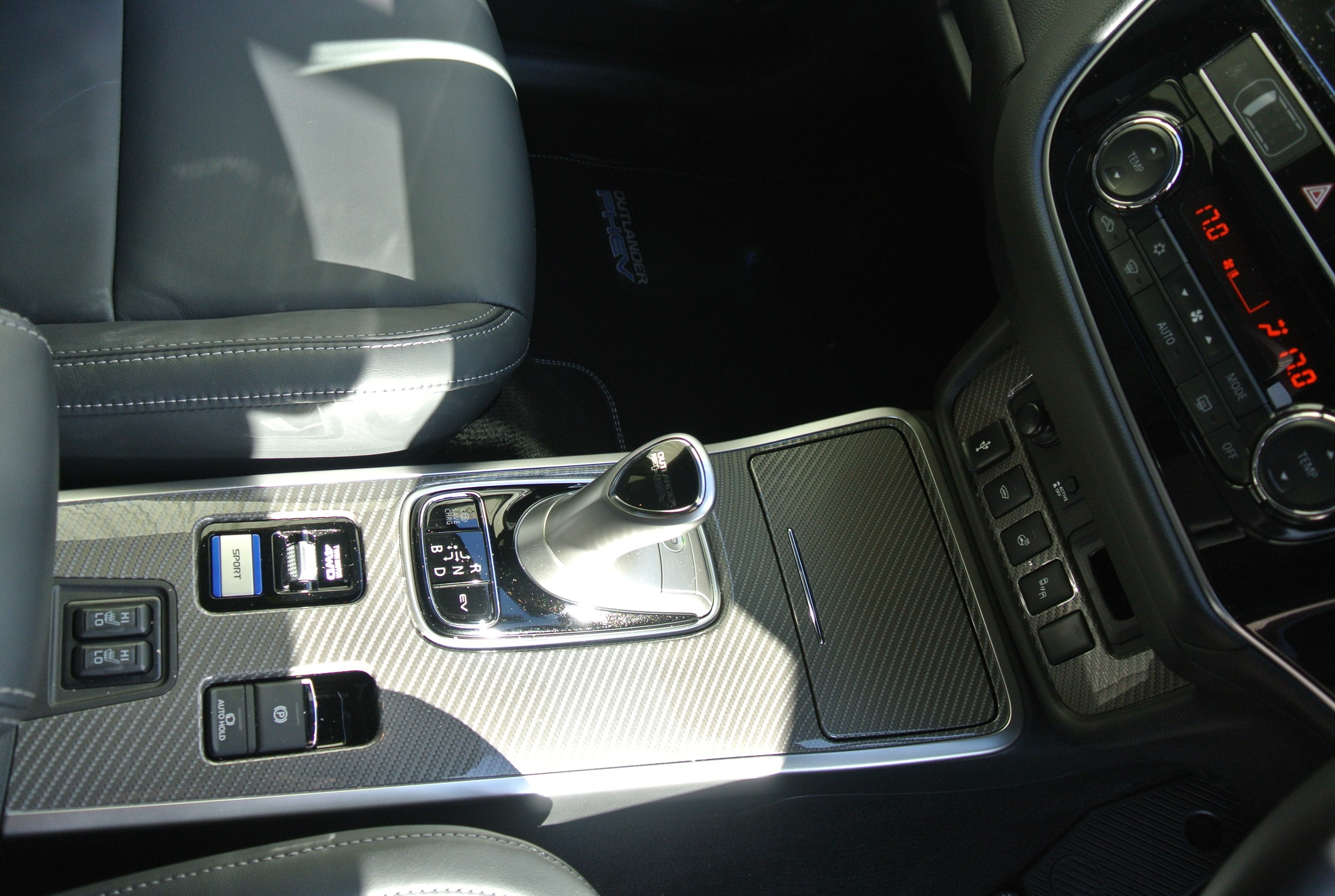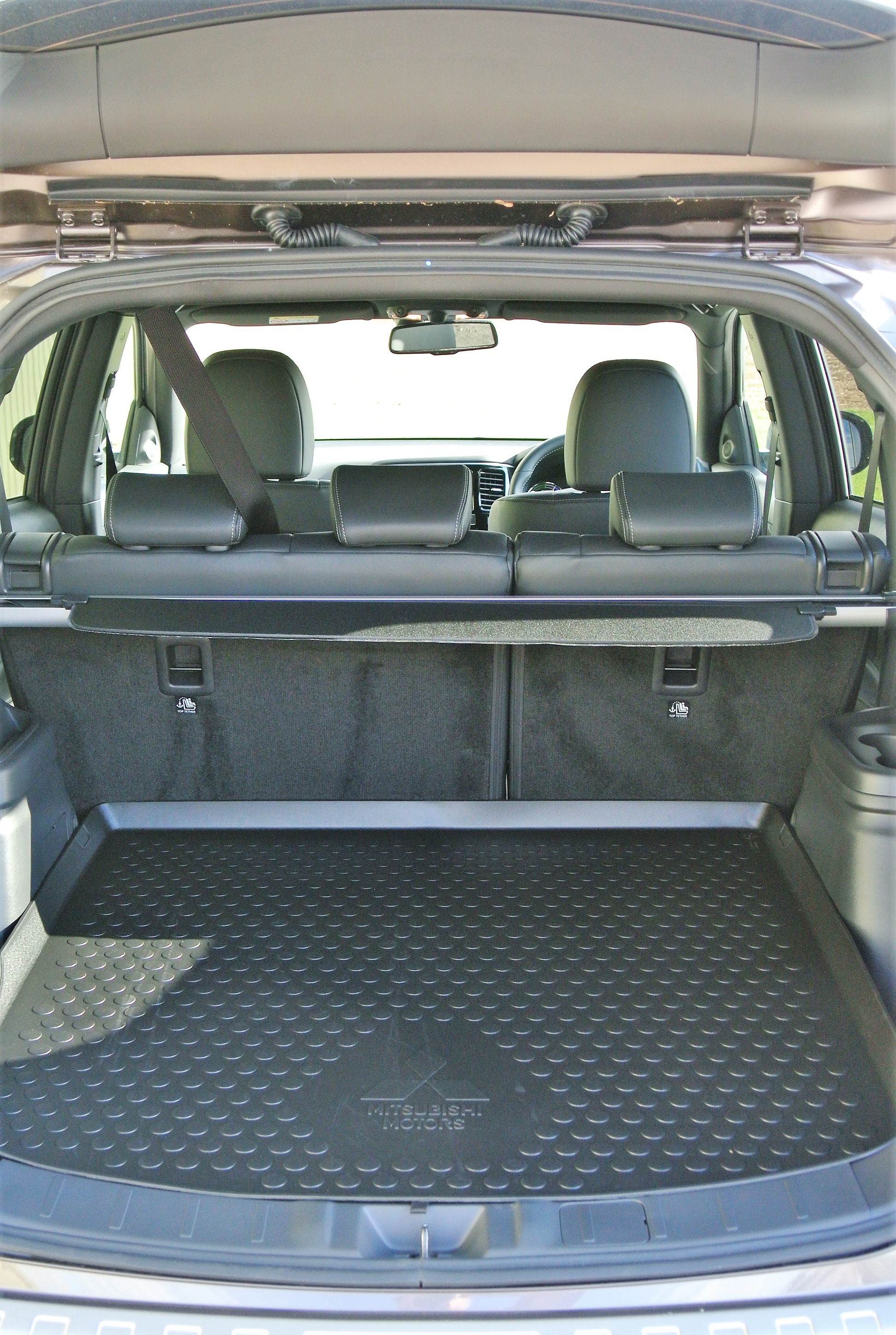While the impact in registration terms of hybrid, electric and alternative fuel cars has been at a low ebb across Europe, there is no denying that certain models have captured the zeitgeist. Nissan’s Leaf is a popular choice in the all-electric stakes, while the high-priced Tesla has made its mark in the same arena, sometimes by outrageous means.

Selling in excess of 10,000 models a year, the Mitsubishi Outlander PHEV tops the plug-in sector by a comfortable margin. However, it is worth exploring the logic. Hybrid cars, by which a conventional petrol (or the rarer diesel) engine is hooked up to an electric engine, like a Honda Insight, or Toyota Prius, are a ‘comfort’ option, although I am not talking about luxury here, rather the psychological effects of being seen-to-be-‘green’ and feeling comfortable about making that decision. The priority is on an efficient, conventionally-fuelled engine.
Of course, range anxiety has always been the electric vehicle’s greatest bugbear. The vast majority of NiMH (Nickel Metal Hydride) and even the more recent Li-ion (Lithium-ion) storage battery types were restricted developmentally to a notional range of up to 100-miles on a full charge. Recent changes in technology have seen those ranges increase to around 170-miles, or, in the case of Tesla, in excess of 340-miles, which is serving to remove gradually the range issue.

While hybrid cars will operate for only short distances, at low speeds, in EV mode, relying on the battery to boost the performance of its internal combustion engine, the Plug-in Hybrid tends more towards EV mode priority for the typical commute (of up to around 30-miles), resorting to the petrol engine for higher speeds and longer distances. The PHEV is even more ‘comfortable’ for the person graduating to EV-hybrid technology.
Now in its third generation, the latest Mitsu PHEV is an evolutionary model. The firm’s ‘Dynamic Shield’ brand look has been softened a touch, with a redesigned radiator grille, different alloy wheels, a new roof spoiler and mildly altered bumpers. Yet, it is the technological changes made beneath the car’s familiar 5-door SUV body-style that are the most significant. For a start, the new 2.4-litre petrol engine, which is capable of switching seamlessly between ‘Otto’ and ‘Atkinson’ combustion cycles, dependent on the driving demands, has also been given a modest power hike, from 118bhp to 132bhp. Of slightly greater importance is the better spread of torque, which is useful in a car that is designed to venture off-road and that can tow up to 1.5-tonnes.

The electric powertrain, which is the priority power source, has also been revised from 82hp to 95hp by fitting a larger drive battery, the most significant benefit of which is to raise the maximum EV speed from 78 to 84mph. While this is only of notional value in 70mph speed-restricted Great Britain, it does provide an additional EV margin, or performance safeguard. As a twin-engine car, the PHEV is now half a second brisker in the 0-60mph dash (10.2s), with similar reductions in the ‘in-gear’ acceleration increments, although its top speed is still a modest 106mph.
According to the new WTLP fuel economy and exhaust emissions ratings, the PHEV can return around 139mpg, emitting a mere 46g/km CO2. In a broad mix of driving conditions, I found that running on the petrol engine alone (with the battery pack discharged), the PHEV was capable of around 56mpg, which is exceptionally impressive for a car weighing 1,880kgs. It is the battery and 4x4 technology that hikes up the bulk, although Mitsubishi has re-engineered the platform to enhance the car’s driveability.

New front and rear damper settings have the effect of making the ride quality more compliant than before, without being detrimental to higher speed handling and manoeuvrability. Revisions to the steering rack have tightened-up responses at the helm and larger diameter front brake discs have improved the car’s stopping power. Naturally, there are lots of elements, with which today’s vehicle engineers can tinker, to improve the performance envelope and a new selectable ‘Sport’ mode (via a switch beside the stubby transmission lever) brings a more focused throttle response, even tauter steering reactions and enhanced grip from the 4x4 system.
It is in addition to the PHEV’s ‘normal’ three-mode drive system that allows the car to vary between EV priority, series hybrid, or parallel hybrid settings. The transmission is of an epicyclic type, which shifts seamlessly between settings in a manner not dissimilar to a constantly variable transmission. Use the shift paddles on either side of the steering column and up to five lower ratios can be selected that provide increasing levels of energy recovery, to allow the battery pack to be recharged on the move, or to slow the car sufficiently that use of the brake pedal is reduced. Plugging it into a domestic, or roadside charger (the cables are located below the boot floor) allows a full-charge to be achieved and the maximum 28 to 35-miles of EV potential to be realised.

The dynamic performance of the latest PHEV is vastly improved, almost as though the shackles had been released. Every aspect of its performance is only increased by a small numerical amount but the overall impression imparted is of a more engaging driver’s car, with a polished handling and driveability envelope. The interior has also been redesigned and the quality has been improved markedly. Of course, connectivity has been brought up-to-date, while a comprehensive suite of driver aids and safety enhancements have also been introduced. The test car, in 4h trim, also carries a 360-degree monitor, electrically powered, leather-clad seats, LED front foglamps that support the new LED headlight clusters, a heated steering wheel rim and a power tailgate.